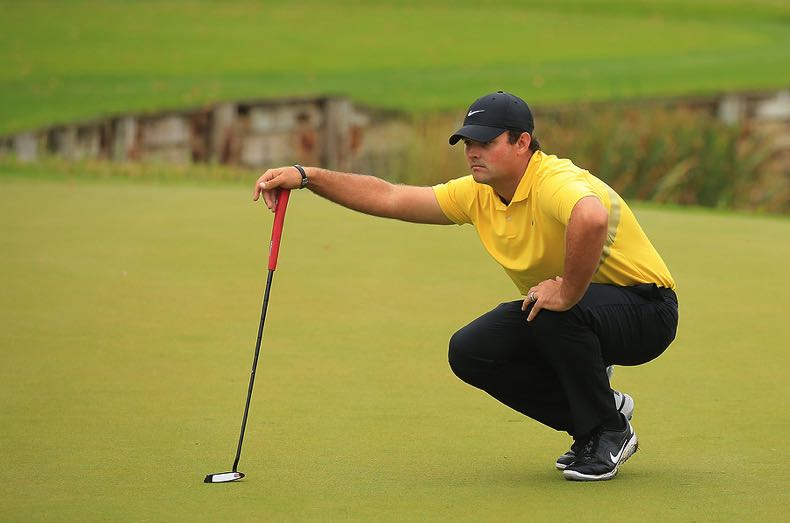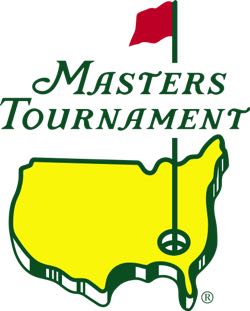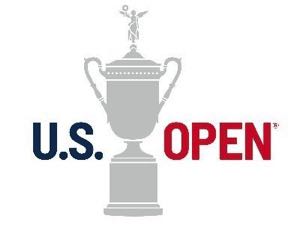
Much in the same way cricket as one-day and test formats and tennis has singles, doubles and team competitions, golf can take more than one form. The most popular is stroke play. Stroke play is the form of golf in which a player or players compete against all others in a given competition. They compete by tallying up total scores for one round or more, the major competitions being played over four rounds.
In an individual stroke play format, every hole must be completed by each player. The scores are then totalled for every hole in every round to complete a player’s final score. On a par 71 course over four rounds (284), a player carding four rounds in 279 shots, for example, would be five-under-par, or -5. Should this be the best (lowest) score in the competition, that player is the ultimate winner. Stroke play dominates the game of golf with most of the biggest tournaments, including all four majors, being stroke play events.
Scoring in Stroke Play

Players, and their caddies, are charged with officially recording the total number of strokes (shots) taken by a golfer at each hole. These are totalled at the end of each round and over the course of an entire competition. The player with the lowest overall score is the winner, unless two or more are tied in which case a play-off needs to take place until a final winner is known.
For amateurs, handicaps are included to level the playing field. In this case, players subtract their handicap from the total score to come up with their final number. These are their ‘gross’ and ‘net’ scores. Scores are recorded and reported versus the ‘par’ score. This is shown on a leaderboard so that all players and spectators can compare players easily. Should a player be three-under-par, their score would appear on the board as -3.
As each hole must be completed, unlike in match play, a player may appear to have a simple putt to finish the hole but miss. They may also take several attempts to get out of the rough or from a bunker, leading to big scores. Every single stroke must be counted and such holes can ruin an entire round for a player.
Making the Cut
In professional tournaments, there is something known as the ‘cut’. Over four rounds (72 holes), this is done after the second round, or 36 holes. As most big tournaments begin on Thursdays, the cut is made on Friday with the rest of the players “making it to the weekend”.
The number of those making the cut can vary. This can change from competition to competition. In a large PGA Tour competition, the top 65 players, plus more when tied scores are taken into account, make the cut after the first two rounds. All players scoring too highly and therefore not making the ‘cut line’ miss the cut. They then depart the tournament for good.
Rarely, but known, there is a further 54-hole cut. An extra cut may be needed after three rounds should an unusually large number of players make the initial cut. In a pro tournament, the cut is necessary in terms of delving out prize money to finishers, while also cutting each group down to two players to keep the competition moving.
Play-Offs

Stroke play tournaments often need play-offs, or ‘playoffs’. Playoffs are enforced in order to settle tied scores at the top of the leaderboard. Lower down, players simply finished tied for whatever position they are in with any prize money shared out equally.
A tie for first place means that two or more golfers enter a playoff immediately after 72 holes have been completed. Occasionally, this is over just one hole and then, continuing until a winner is found. In other tournaments, they can playoff over a set number of holes (for example, three), almost as a mini-tournament.
If the playoff is played over a set number of holes, sudden-death holes are used until an undisputed winner emerges. An entire round can be called for to be used as a playoff. While this sounds like a fair way to determine the ultimate winner of a major championship, it does require the event to go into a fifth day, which does not sit well with paying customers or TV stations.
The Top Stroke Play Tournaments
There are four major tournaments in men’s professional golf, though many great stroke play events take place around the world every week. These are the five biggest of all:
The Open Championship
 Referred to by American audiences as the British Open and known colloquially closer to home simple as the Open, this is golf’s pinnacle. It is the only major which doesn’t take place in the USA and moves around to various courses in Britain, including at the home of golf, St Andrews.
Referred to by American audiences as the British Open and known colloquially closer to home simple as the Open, this is golf’s pinnacle. It is the only major which doesn’t take place in the USA and moves around to various courses in Britain, including at the home of golf, St Andrews.
The Masters
 Another major, the Masters is played every year at the iconic Augusta National in Georgia. The scenery around this course is among the most recognisable in the sport, with the clamber to win The Masters leading to the very best golfers of all time having risen to the fore.
Another major, the Masters is played every year at the iconic Augusta National in Georgia. The scenery around this course is among the most recognisable in the sport, with the clamber to win The Masters leading to the very best golfers of all time having risen to the fore.
Tiger Woods and Jack Nicklaus have won the Masters five and six times respectively, each time getting to wear the coveted Green Jacket which is a major symbol of this tournament.
The US Open
 Often very difficult for a stroke play competition, the US Open moves around the States and is often set up to be very difficult for players, something that leads to bigger scores than elsewhere. Despite the glamour of the Masters and the prestige and history attached to the Open, many American-born players have winning this competition as no.1 on their wish list.
Often very difficult for a stroke play competition, the US Open moves around the States and is often set up to be very difficult for players, something that leads to bigger scores than elsewhere. Despite the glamour of the Masters and the prestige and history attached to the Open, many American-born players have winning this competition as no.1 on their wish list.
The PGA Championship
 The last of the four majors, the PGA Championship is the third to be staged in America. Like the US Open, courses hosting the PGA Championship are often set up to be very difficult, producing hard greens and thick rough.
The last of the four majors, the PGA Championship is the third to be staged in America. Like the US Open, courses hosting the PGA Championship are often set up to be very difficult, producing hard greens and thick rough.
The Players Championship
 Known as the ‘Unofficial Fifth Major’, the Players Championship is extremely valuable. In fact, in terms of prize money it is worth more than any of the majors themselves and thus attracts the very best golfers on the planet – all looking to add this to their CV.
Known as the ‘Unofficial Fifth Major’, the Players Championship is extremely valuable. In fact, in terms of prize money it is worth more than any of the majors themselves and thus attracts the very best golfers on the planet – all looking to add this to their CV.
